What Starbucks Did Right
There’s a golden rule in crisis communications: “Validate concern and show action.” It’s one of the core principles I was taught as a PR professional, and it is truer today than it has ever been before. Thanks to social media, smartphones, and the overall proliferation of media, it is almost impossible to cover up bad behavior.
The arrests of two black men at the Rittenhouse Square Starbucks in Philadelphia was wrong. Policies were discriminatorily enforced. Police were unnecessarily engaged. And outrage was justified.
The good news for Starbucks is that it will survive this crisis and may even have an opportunity to position itself as a leader fighting racism and bias in America.
There were two things that happened immediately to put it on the right track. First, the CEO was quick to admit that what his employee did was wrong. The arrests happened on a Thursday afternoon. By Saturday, April 14th, less than 48 hours later, Kevin Johnson had apologized to the two men.
@Starbucks The police were called because these men hadn’t ordered anything. They were waiting for a friend to show up, who did as they were taken out in handcuffs for doing nothing. All the other white ppl are wondering why it’s never happened to us when we do the same thing. pic.twitter.com/0U4Pzs55Ci
— Melissa DePino (@missydepino) April 12, 2018
The following Monday morning, he was on Good Morning America apologizing again:
“The circumstances surrounding the incident and the outcome in our store on Thursday were reprehensible, they were wrong,” Johnson told Good Morning America‘s Robin Roberts. “And for that, I personally apologize to the two gentlemen who visited our store.”
Later that week, Johnson traveled to Philadelphia to personally apologize to the two men.
At no point did Starbucks leadership deny that the incident occurred. While that’s hard to do when there is video evidence, they didn’t ignore the problem. They also did not put any blame on the two men or throw the store manager under the bus. Instead, the CEO took responsibility and admitted to wrongdoing. While protests continued in Philadelphia, they were largely contained. When a company takes responsibility, there is a lot less fuel added to the fire. Validation and feeling heard goes a long way for an angry population.
The second part of the golden rule is “show action.” Starbucks once again is following this to a “T.” Johnson took the action of traveling to Philadelphia to meet with the violated men in-person. That demonstrates his commitment. The chain now taking the step of providing racial bias training to its workforce. This could have been done with a minimal approach, such as requiring videos to be watched on mobile devices or breakrooms. Instead, Starbucks decided to close 8,000 stores at a potential cost of millions of dollars. It is taking action both with its employees and its communities of people who will have to do without a grande latte. The company has made a statement: bias is wrong and it will do something about it.
The jury is still out about whether Starbucks will merely survive this crisis or if the brand will benefit from following the golden rule of crisis communication. Either way, other brands have a lot to learn from this response.








